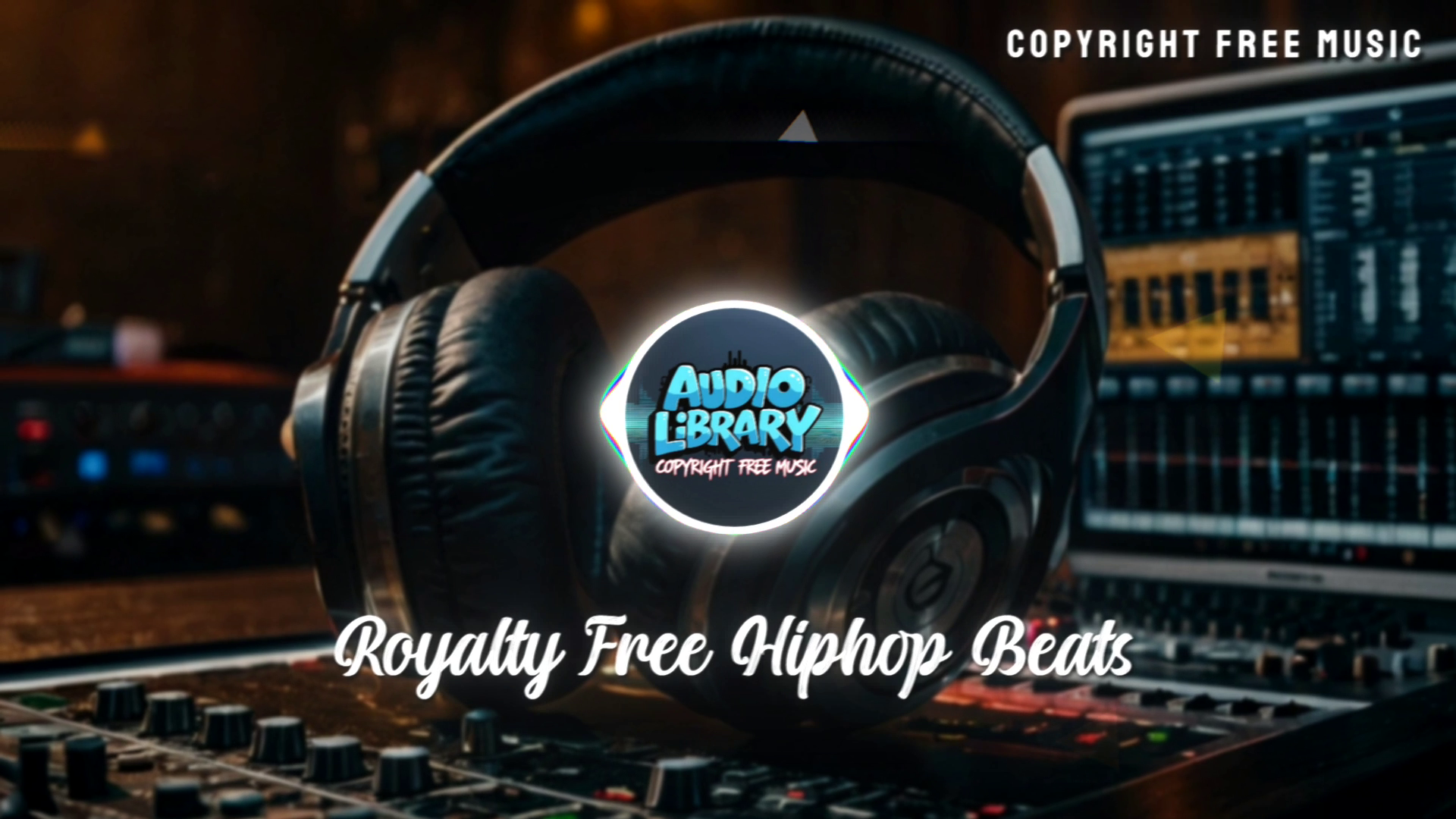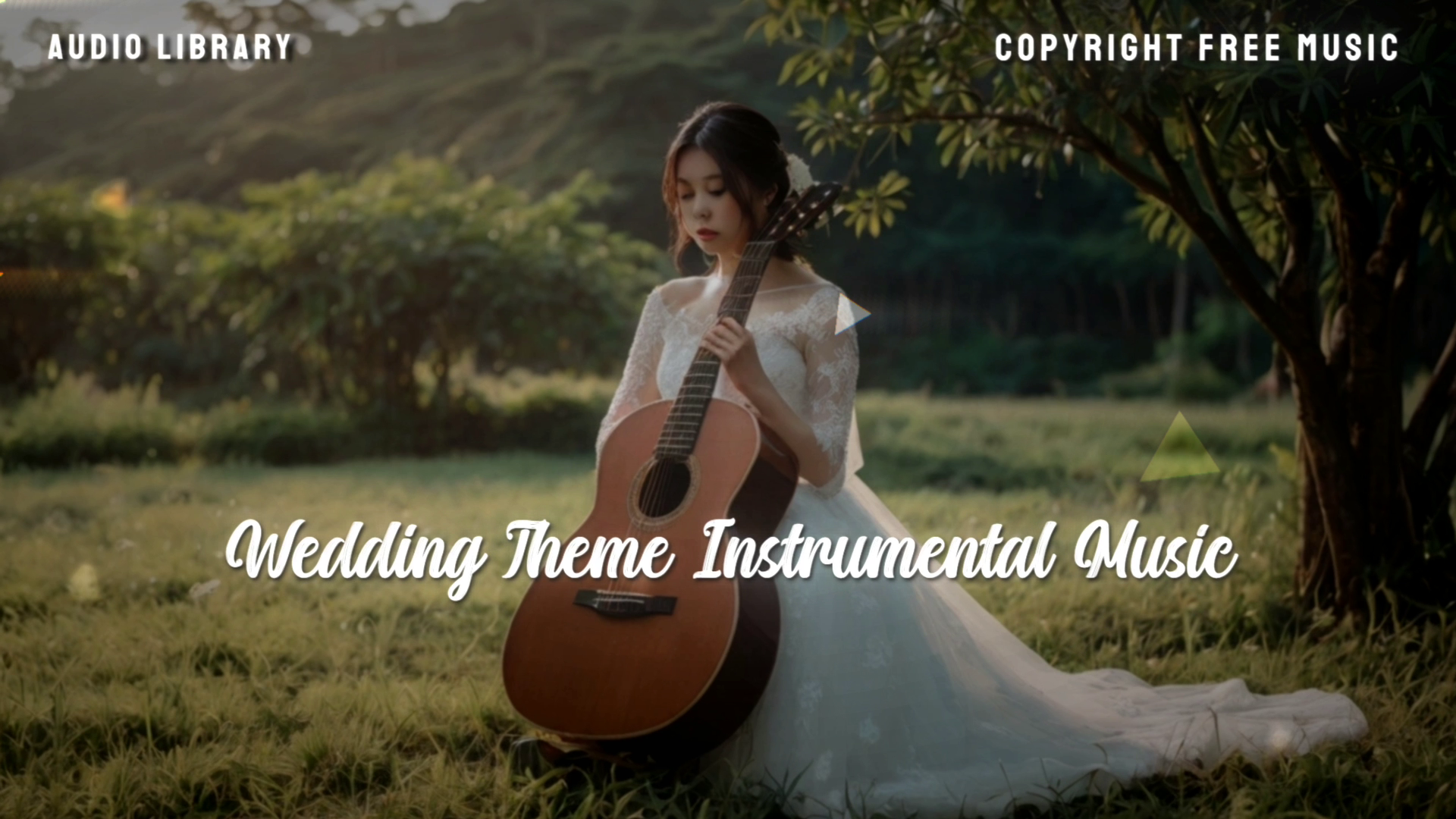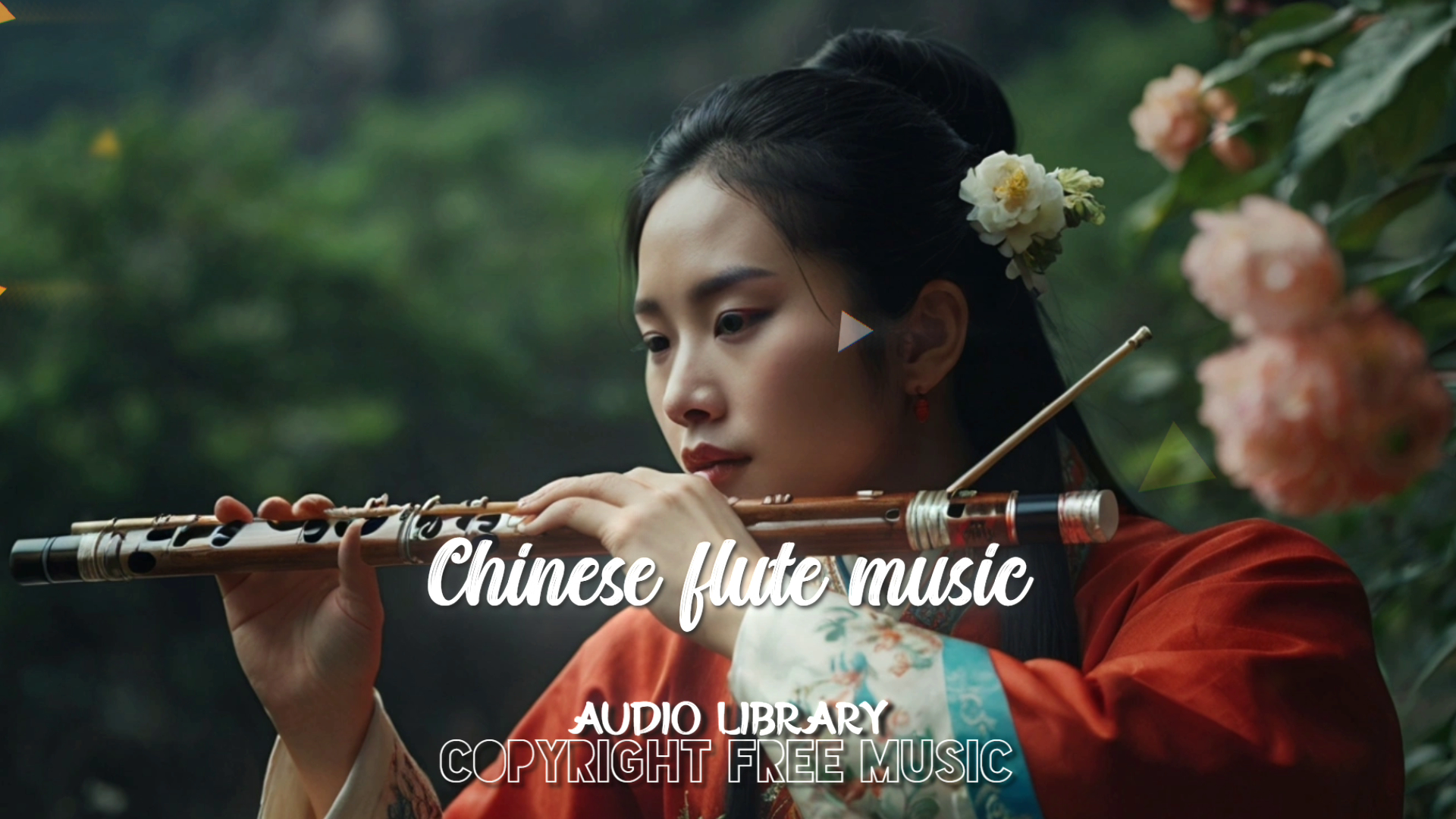 Royalty-Free Beats and Background Music: Everything You Need to Know
Royalty-Free Beats and Background Music: Everything You Need to Know
In today’s digital landscape, royalty-free beats and royalty-free background music have become essential tools for content creators, businesses, and artists alike. This guide will take you through everything you need to know about royalty-free music, including its advantages, where to find it, and how to use it effectively. Whether you’re a filmmaker, podcaster, or social media influencer, high-quality background music can transform your project, adding depth and professionalism. Here’s how you can make the most of it.
What is Royalty-Free Music?
Royalty-free music allows creators to use a track without recurring royalties or fees. This type of licensing differs from traditional music rights, where each use of a song would require a payment or licensing fee. Royalty-free means that once you’ve paid for the license, you can use the track as often as you like, within the agreed terms.
Benefits of Using Royalty-Free Beats and Background Music
Choosing royalty-free music offers significant advantages:
- Cost-Effective: Unlike traditional licensing, royalty-free tracks often involve a one-time payment, saving you money in the long run.
- Legal Safety: Royalty-free music helps avoid potential copyright issues, which is crucial for platforms like YouTube or commercial advertising.
- Versatility: You can find royalty-free music across various genres, tempos, and moods, making it suitable for nearly any type of project.
- Easy Access: Numerous websites offer easy-to-access royalty-free music libraries, letting you download tracks instantly.
Where to Find High-Quality Royalty-Free Beats
Several reputable sources provide high-quality royalty-free beats and background music. Here are some of the best options:
1. PremiumBeat
PremiumBeat offers curated music for professionals, with an extensive library of royalty-free music. Their collection includes genres such as hip-hop, cinematic, and corporate tracks, and each track is expertly crafted for high-quality productions.
2. Epidemic Sound
Epidemic Sound is popular among YouTubers and digital creators for its simple licensing model and vast library. A subscription-based platform, it allows unlimited access to thousands of tracks across all genres.
3. Artlist
Artlist provides a diverse catalog of royalty-free music suited for video content. With a straightforward pricing model, Artlist’s library is continually updated with new and trending tracks from top independent artists.
4. Free Music Archive (FMA)
The Free Music Archive is an excellent resource for budget-conscious creators. While some tracks are available for free, FMA also provides premium options for commercial projects.
5. Soundstripe
Soundstripe offers an affordable subscription service, allowing unlimited downloads of its licensed music library. They also offer a comprehensive selection of sound effects, making it an all-in-one solution for media creators.
Popular Types of Royalty-Free Beats and Background Music
1. Ambient Music
Ambient music is ideal for creating a calm, relaxed atmosphere. Often used in corporate presentations, nature videos, and introspective scenes, ambient music enhances the mood without overpowering the content.
2. Cinematic and Orchestral Beats
For high-impact visuals or storytelling, cinematic beats add a dramatic layer to your project. These are commonly used in film trailers, video games, and emotional scenes.
3. Hip-Hop and R&B Instrumentals
Hip-hop and R&B beats offer a modern and upbeat vibe. Frequently used in commercials, vlogs, and social media videos, these tracks bring energy and engagement.
4. Electronic Dance Music (EDM)
EDM is perfect for high-energy scenes and is a popular choice for sports, fashion, and lifestyle content. Its beats are catchy, with infectious rhythms that grab the viewer’s attention.
5. Corporate and Inspirational Music
Often used in training videos and corporate presentations, these tracks are designed to be uplifting and motivational, setting a positive and professional tone.
How to Use Royalty-Free Beats and Background Music Legally
While royalty-free music is designed to be accessible, it’s essential to understand the terms and limitations of each license. Here are a few tips to ensure you’re using royalty-free music legally:
- Read the License Agreement: Every platform has specific licensing terms, so always review the details to understand where and how you can use the music.
- Credit the Artist if Required: Some licenses may require you to credit the artist. Ensure you include any necessary attributions in your video description or credits section.
- Avoid Reselling or Redistributing: Most royalty-free licenses restrict users from reselling or redistributing tracks. Make sure to respect these limitations to avoid any legal issues.
Best Practices for Incorporating Royalty-Free Background Music in Your Content
Adding royalty-free background music to your project isn’t just about selecting the right track; it’s also about ensuring the music complements your content. Here are some tips:
- Choose Music that Fits Your Brand: Your choice of background music should align with your brand’s image and message. For example, a tech startup might choose upbeat, modern beats, while a meditation app might prefer calming, ambient tracks.
- Set the Volume Appropriately: Make sure your background music doesn’t overpower the main content. The volume should enhance, not distract.
- Use Music to Support Emotional Cues: Music is a powerful tool to evoke emotions. Use it strategically to enhance specific moments or feelings, such as excitement, suspense, or relaxation.
- Optimize for Multiple Platforms: Different platforms have varying audio quality standards. Optimize your audio accordingly to ensure consistency across all your media channels.
Why Royalty-Free Music is Essential for Social Media Content Creators
For social media content creators, royalty-free music is invaluable. Social platforms like YouTube, Instagram, and TikTok have strict copyright rules, and using unlicensed music can result in penalties, including video takedowns or account suspensions. Royalty-free music provides a safe, effective way to add high-quality audio to videos without risking copyright issues.
- YouTube: YouTube has rigorous copyright monitoring systems. Using royalty-free music ensures compliance, enabling monetization without risk.
- Instagram and TikTok: These platforms allow quick, creative content sharing. Royalty-free music supports this by offering a variety of music styles and genres for various content types.
- Facebook: Facebook’s algorithms also detect copyrighted audio. By using royalty-free music, creators can freely share their videos without the threat of being muted or flagged.
Common Misconceptions About Royalty-Free Music
There are several misconceptions about royalty-free music, and it’s essential to dispel them for a clear understanding:
- It’s Not “Free” Music: “Royalty-free” doesn’t always mean the music is free. While some royalty-free tracks are free, many require a one-time purchase or subscription fee.
- Royalty-Free Isn’t Low Quality: Some people believe royalty-free music is subpar, but many platforms offer high-quality, professionally produced tracks.
- One-Time Use Only: Many users think they can only use royalty-free music once per purchase, but in most cases, the license covers unlimited use.
Finding the Best Royalty-Free Background Music for Your Brand
When selecting royalty-free music for your brand, consider these factors:
- Genre and Mood: Think about the tone you want to convey. Genres like jazz, pop, and electronic provide vastly different vibes.
- Tempo and Energy: For high-energy content, upbeat tempos work well, while slower tempos are ideal for reflective or serious projects.
- Audience Preferences: Consider the type of music your audience enjoys. Aligning your music choice with their preferences can make your content more engaging.
Conclusion
Incorporating royalty-free beats and background music into your content is a smart way to enhance production value, avoid legal issues, and maintain creative flexibility. From understanding the basics of licensing to choosing the right track for your project, we hope this guide has provided valuable insights to elevate your content. Remember, the right music can transform your work, making it more professional, engaging, and memorable.



